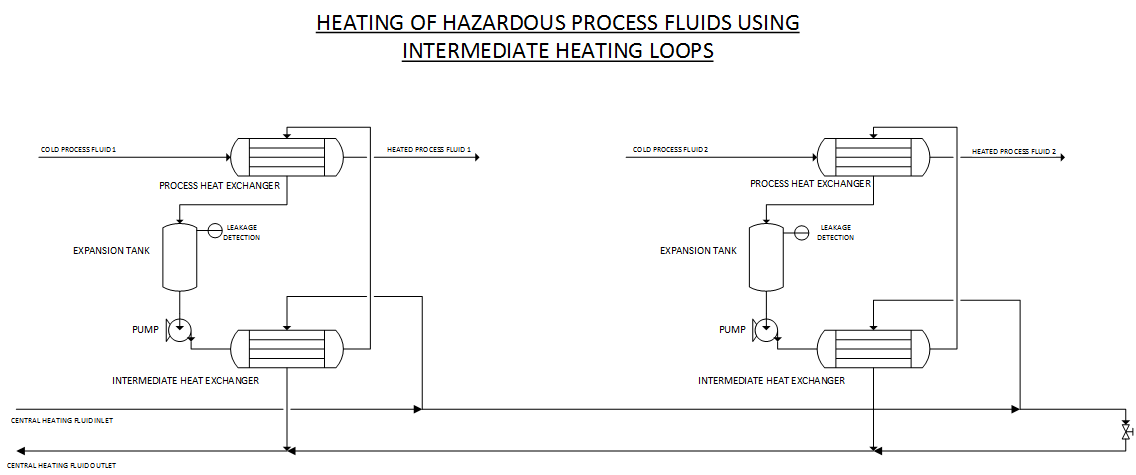About Double Wall Heat Exchangers
Double wall heat exchangers are extremely cost effective solutions for eliminating the possibility of contamination of the process fluid into the heating medium. This is particularly relevant when the heating medium is not an isolated system and used for other purposes, such as cooling or heating other systems. AF Pipe Solutions can offer a range of double walled heat exchangers, designed in house, and produced according to EN or ASME standards in co-operation with an authorised and approved contractor.
Double wall heat exchangers have existed for some time for both shell and tube , and plate type exchangers. Not to be confused with a double tube type (or double pipe) heat exchanger, which is simply a tube-in-tube exchanger whereby the heating medium is contained in one tube and the process medium is in the other tube, itself the simplest form of heat exchanger. Double wall heat exchangers are used in many applications , typically to completely avoid risk of contamination between the heating medium and the process medium. This is critical in many applications (for example potable water, nuclear systems) but also highly relevant when the cooling or heating circuit is shared across many systems. In this case it is very important that any contamination of the heating medium does not travel around the system, therefore a double wall system is applicable. This is where it becomes far more economical to apply double walled heat exchangers, compared to other solutions such as applying an intermediate heating loop, as shown in the figures below:


